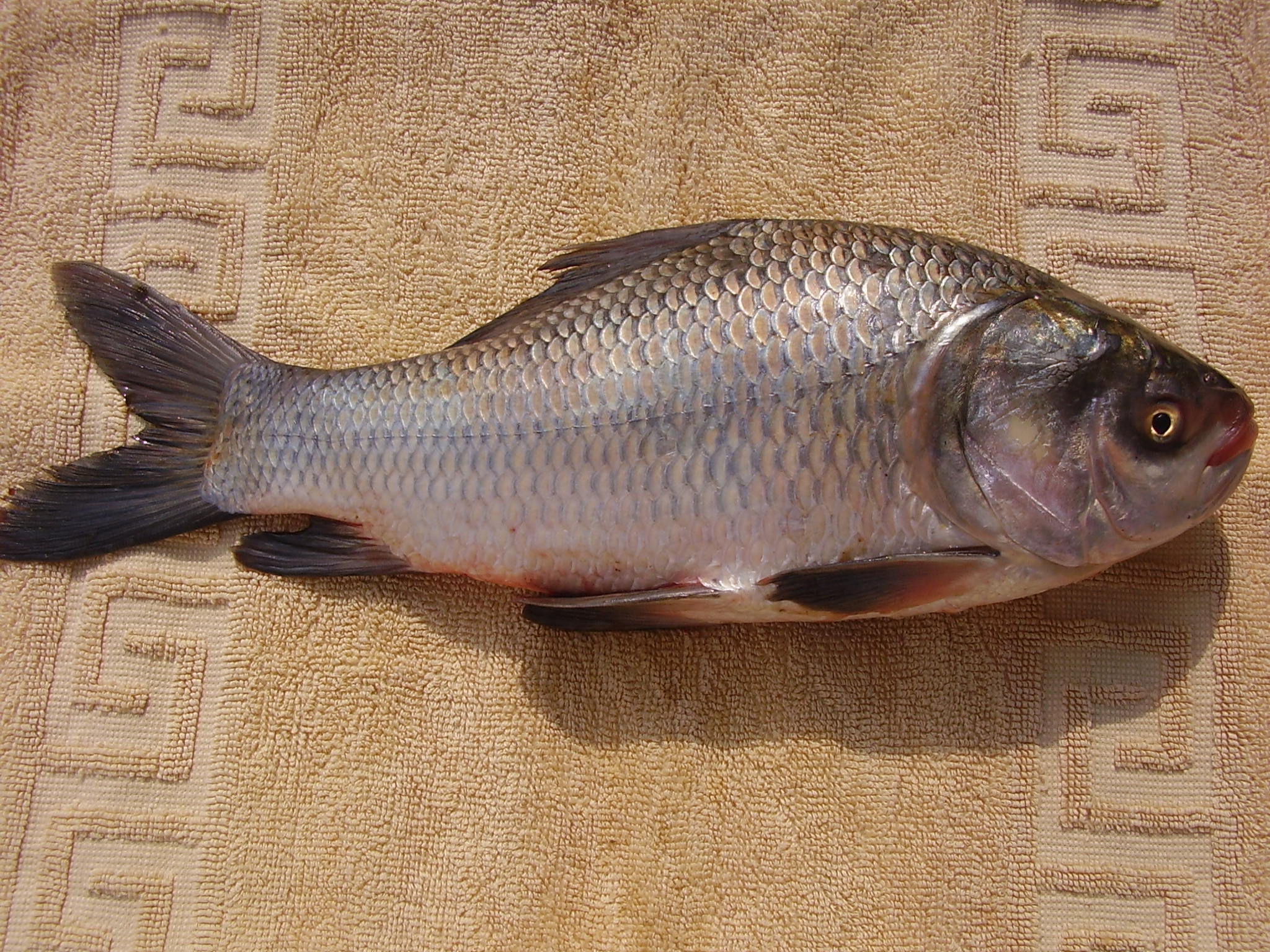FISH FARMING
Aquaculture is a rather recent activity in Pakistan and is still in its infancy; nevertheless there is immense potential for development of the sector. Despite its vast fresh, brackish and marine water resources only carp culture is practiced in inland waters and only on a limited scale, carp are cultured in earthen ponds, using mostly extensive farming practices with very little inputs. The fisheries sector as a whole contributes to about 1percent to the country’s GDP and provides jobs for about 1percent of the country’s labour force. Freshwater carp farming is the major aquaculture activity in three of the country’s four provinces (Punjab, Sindh and North West Frontier Province [NWFP]).

OUR TRACK RECORD





ROHU FISH
The rohu is a large, silver-colored fish of typical cyprinid shape, with a conspicuously arched head. Adults can reach a maximum weight of 45 kg (99 lb) and maximum length of 2 m (6.6 ft), but average around 1⁄2 m (1.6 ft).
The rohu is an important aqua cultured freshwater species in South Asia. When cultured, it does not breed in lake ecosystems, so induced spawning is necessary. The rohu is also prized as a game fish
MRIGAL CARP
Mrigal is popular as a food fish and an important aqua cultured freshwater species throughout South Asia. It is widely farmed as a component of a polyculture system of three Indian major carps, along with roho labeo and the catla.
The introduction to aquaculture across India started in the early 1940s and in the 1950s and in the 1960s to other Asian countries. The mrigal carp fails to breed naturally in ponds, thus induced breeding is done.


CATLA
Catla is a fish with large and broad head, a large protruding lower jaw, and upturned mouth. It has large, greyish scales on its dorsal side and whitish on its belly. It reaches up to 182 cm (6.0 ft) in length and 38.6 kg (85 lb) in weight.
Catla is a surface and midwater feeder. Adults feed on zooplankton using large gill rakers, but young ones on both zooplankton and phytoplankton. Catla attains sexual maturity at an average age of two years and an average weight of 2 kg.
TILAPIA FISH
Tilapia can become a problematic invasive species in new warm-water habitats such as Australia, whether deliberately or accidentally introduced, but generally not in temperate climates due to their inability to survive in cold water.
Tilapia is the fourth-most consumed fish in the United States dating back to 2002. The popularity of tilapia came about due to its low price, easy preparation, and mild taste.


COMMON CARP
The common carp or European carp (Cyprinus carpio) is a widespread freshwater fish of eutrophic waters in lakes and large rivers in Europe and Asia.
The native wild populations are considered vulnerable to extinction by the International Union for Conservation of Nature (IUCN), but the species has also been domesticated and introduced (see aquaculture) into environments worldwide, and is often considered a destructive invasive species,being included in the list of the world’s 100 worst invasive species.
GRASS CARP
The grass carp is a large herbivorous freshwater fish species of the family Cyprinidae native to eastern Asia, with an original range from northern Vietnam to the Amur River on the Siberia-China border. This Asian carp is the only species of the genus Ctenopharyngodon. It is cultivated in China for food, but was introduced in Europe and the United States for aquatic weed control, becoming the species of fish with the largest reported production in aquaculture globally, over five million tonnes per year.

SILVERFISH
The silverfish (Lepisma saccharinum) is a species of small, primitive, wingless insect in the order Zygentoma (formerly Thysanura). Its common name derives from the animal’s silvery light grey colour, combined with the fish-like appearance of its movements.
The scientific name (L. saccharinum) indicates that the silverfish’s diet consists of carbohydrates such as sugar or starches. While the common name silverfish is used throughout the global literature to refer to various species of Zygentoma, the Entomological Society of America restricts use of the term solely for Lepisma saccharinum.